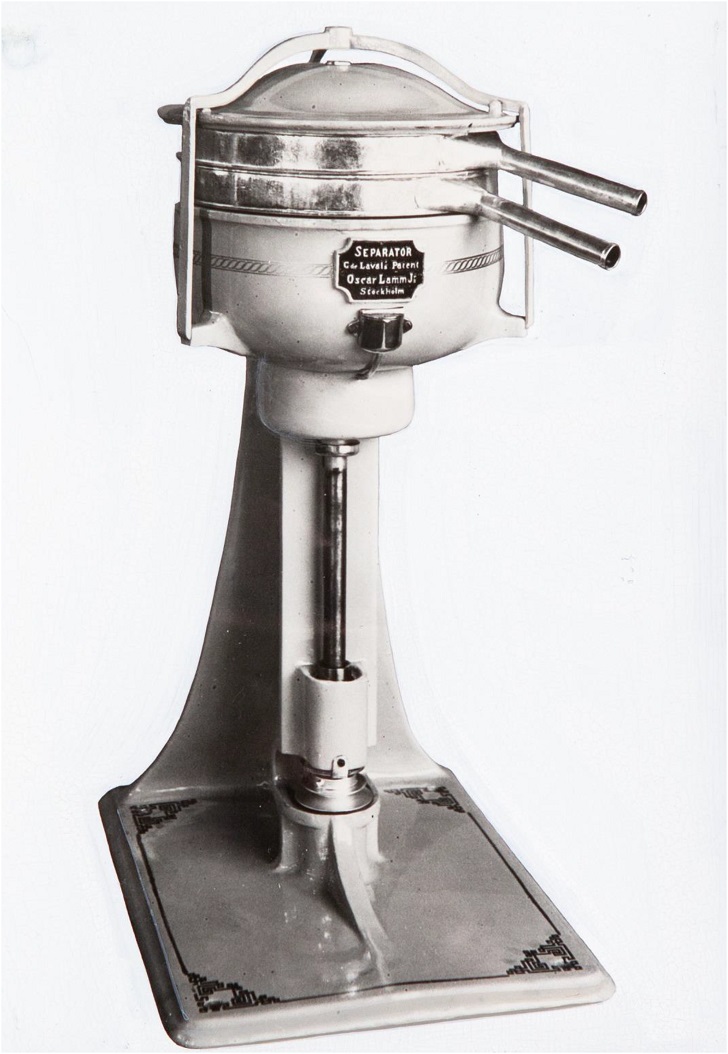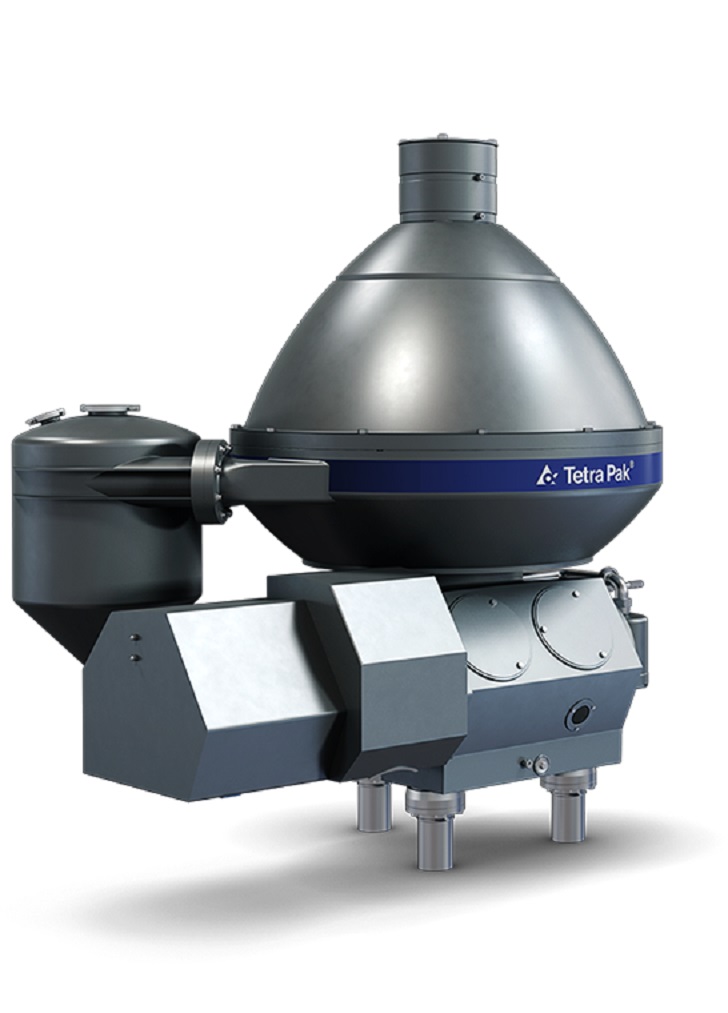

Fredrik Johansson, manager (Separation), Tetra Pak gives a very brief history of the separation process in the dairy industry.
In the 19th century, the process of separation, removing cream and fat from milk, was done by hand. But as early as 1894, Swedish engineer Gustaf de Laval patented the first centrifugal milk cream separator, which was launched commercially in the early 20th century.
This one innovation, the mechanised centrifugal separator, gave the dairy industry a means to derive valuable cream, from whey and milk like never before, so generating opportunities to create an array of different products.
Today, the process of separation has evolved considerably, much like the modern consumer products it can be used to create. But the evolution of this ingenious process remains one to be studied, as the industry continues to push the boundaries of efficiency, quality and innovation.
Progressing Innovation While the merits of de Laval’s original invention remain invaluable, the energy consumption, impacted by the air-friction of the spinning bowl could be significantly reduced. The solution to this challenge was to seal around the spinning bowl and reduce the air-pressure around it to reduce the air-friction and therefore the energy consumption.
The idea is not unlike Elon Musk’s , theorized for an underground metro system using low-pressure tunnels, from which air has been sucked out to reduce resistance against moving carriages. Thanks to this design, a metro system using the technology has a theoretical (and comfortable) top speed of 1,000 km/h.
Recognising the potential for improvement, the first hermetic airtight separator was launched back in 1933, with the design continuing to offer the following benefits:
- Superior skimming: by air in the machine, the risk of product deterioration and damage to fat globules is avoided.
- Reduced energy consumption: airtight separators typically use 20% less energy that semi-open designs.
- Enhanced flexibility: separators using an AirTight design can produce up to 60% fat content in cream without compromising skimming efficiency for milk, it also enables production of high-quality whey.
- Less foam and no risk of overflow: an absence of air eliminates any additional risk of foaming, while the sealed design eliminates risk of overflow inherent in semi-open separators designs.
A new whey Today, while separators continue to be predominantly used for skimming milk or clarifying cheese fines from whey, they have also been put to other important uses from removing bacteria from milk and clarifying orange juice, to producing skimmed whey used in protein powder.
The main driver behind these expanded usages for separators is of course the diverse array of modern consumer demands that the food and beverage industry caters to every day. As competition continues to increase and many countries struggle for volume growth, major dairy manufacturers are turning to value-added offerings to grow. Protein remains one of the top ways to add value to milk, as well as boosted nutrition and reduced sugar1.
Whey, a by-product of cheesemaking, is a sensitive product whose quality relies on the kind of effective and accurate separation offered by machinery using AirTight technology for optimum food quality. Bolstered by rapidly increased demand for high protein products such as concentrated yoghurt, coconut water and cheese, separators continue to be one of the busiest processing machineries in the industry.
Conclusion Moving into 2019, there is an imperative for tailored separation solutions to offer more flexibility, efficiency and quality for food and beverage manufacturers. Machines must be able to meet each customer’s unique demands, be it for producing the highest quality whey, obtaining the highest skimming efficiency at the lowest cost or processing both hot and cold product types at capacity.
Over the last 30 years, the breakthrough learnings have almost always come from close collaboration with customers to understand their needs. We predict this will remain the same in the future, and we look forward to continuing to evolve and innovate to build on the rich and intriguing history of separation.
1 – Mintel – Dairy Drinks 2018 – Global Annual Review




